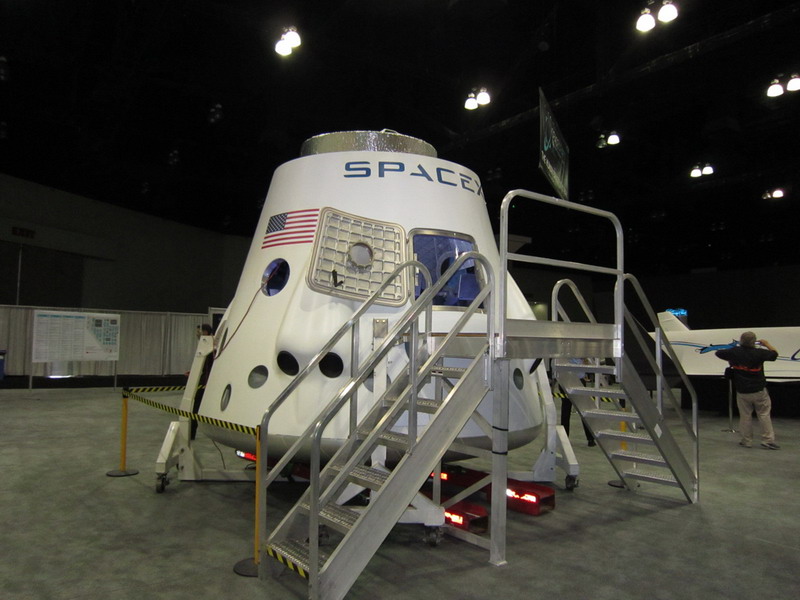Release Date: 12/17/2013 8:17:00 PM
By Lieutenant Junior Grade Mike Strauss, Personnel Specialist 1st Class Robert Long and Mass Communication Specialist 3rd Class Corey T. Jones, Commander, U.S. 3rd Fleet Public Affairs
SAN DIEGO (NNS) -- Helicopter Sea Combat Squadron (HSC) 8 is training and preparing for NASA's unmanned Exploration Flight Test-One (EFT-1) for the Orion spacecraft, scheduled for early next year off the coast of Southern California.
Orion will travel 3,600 miles above the Earth's surface, more than 15 times farther than the International Space Station, and will ultimately re-enter the atmosphere at a speed of more than 20,000 miles per hour, enduring temperatures up to 4,000 degrees Fahrenheit.
HSC-8 will embark NASA engineers on two MH-60S Knighthawks to film and monitor the re-entry and recovery of Orion using state of the art debris tracking software and video equipment.
Aside from documenting the initial test phase of this event, NASA will use data gathered from the mission to evaluate parachute deployments and debris patterns to refine Orion's design prior to the manned launch.
HSC-8's aircraft will launch from San Antonio-class amphibious transport dock ship USS San Diego (LPD 22) and assist the crews that will recover the craft into the ship's well-deck.
Cmdr. Derrick Kingsley, HSC-8's commanding officer, said he is honored to be involved in the beginning stages of the next major phase of space exploration and proud to showcase the multi-mission capabilities of the MH-60S.
The "Eightballers" of HSC-8 operate within U.S. 3rd Fleet's area of responsibility; their missions include vertical lift search and rescue, logistics, anti-surface warfare, special operations forces support, and combat search and rescue.
Joint, interagency and international relationships strengthen 3rd Fleet's ability to respond to crises and protect maritime interests of the U.S. and its allies.





